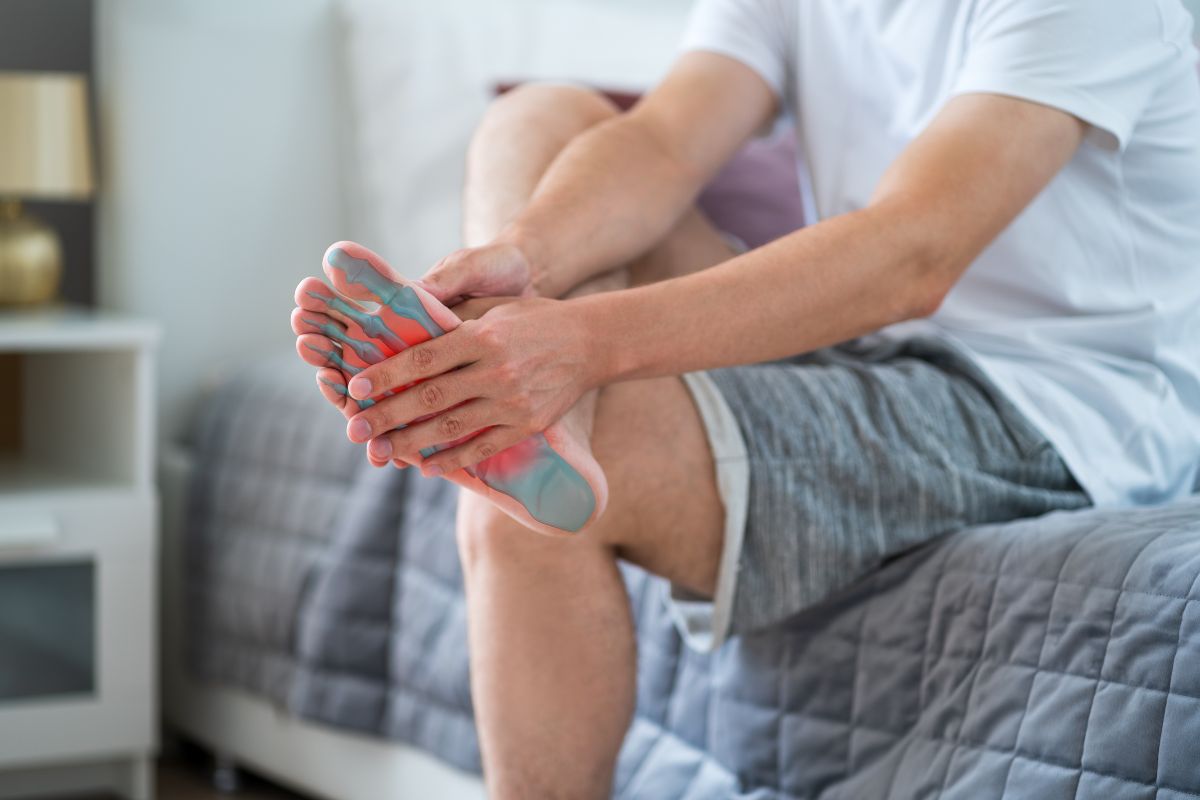Any discomfort in the heel or ankle region significantly affects one’s quality of life. Of all the painful conditions that affect the lower limbs, plantar fasciitis remains one of the most common orthopedic complaints.
Plantar fasciitis is a condition that causes excruciating heel pain, especially in the morning. The pain goes down once one resumes normal day-to-day activities but standing for long periods does cause the stabbing pain to return.
This is a result of inflammation of the tissue that adjoins the heel bone and the toes. The condition is common as the associated ligaments undergo a lot of pressure as well as wear and tear on a daily basis.
There are quite a few treatment plans available for individuals who experience stabbing pain because of plantar fasciitis. Of them, electroshock therapy for plantar fasciitis has shown promising results. Plantar fasciitis can occur without any precursor but some people are more likely to suffer from it than others. In this blog, we will cover some of the risk factors:
Risk Factors
Age
People between 40-60 are more susceptible to developing this condition than people of other age groups. With age, the joints and the tissues start losing their elasticity because of which such feet problems can develop.
Physical activity
Runners who are on their feet for the most part of the day are very likely to suffer from plantar fasciitis. Because of what they do, a lot of stress is applied to the tissues which lead to the onset of the condition. Same goes for ballet dancers, aerobic dancers, and football players.
Foot arch and mechanics
When one has flat feet, the plantar fascia may experience more strain than what is considered normal. Excessive foot pronation also puts a lot of stress on the region. In addition to this, bad walking patterns and poor posture can contribute to the development of plantar fasciitis.
Obesity
Since the foot has to support extra pounds when one is obese, it undergoes a lot of wear and tear.
Certain occupations
Factory workers, nurses, and educators who spend a lot of hours on their feet working on tough, hard surfaces may experience debilitating pain because of the damage caused to the plantar fascia.
Bad footwear
Heels and shoes with weak soles are believed to contribute to poor foot mechanics. Overused shoes too, can lead to tiny tissue tears. It is important to invest in a comfortable pair of footwear to keep foot issues at bay. Looking for The best shoes for plantar fasciitis pain can help a ton in the long run.”
Overstretching, overuse or little use of the plantar fascia can lead to the onset of the condition if proper steps are not taken to enhance foot health. If you are suffering from this condition, shock treatment for plantar fasciitis will help to alleviate the pain. Simple lifestyle changes will prevent it from recurring and boost your quality of life to a significant degree.












